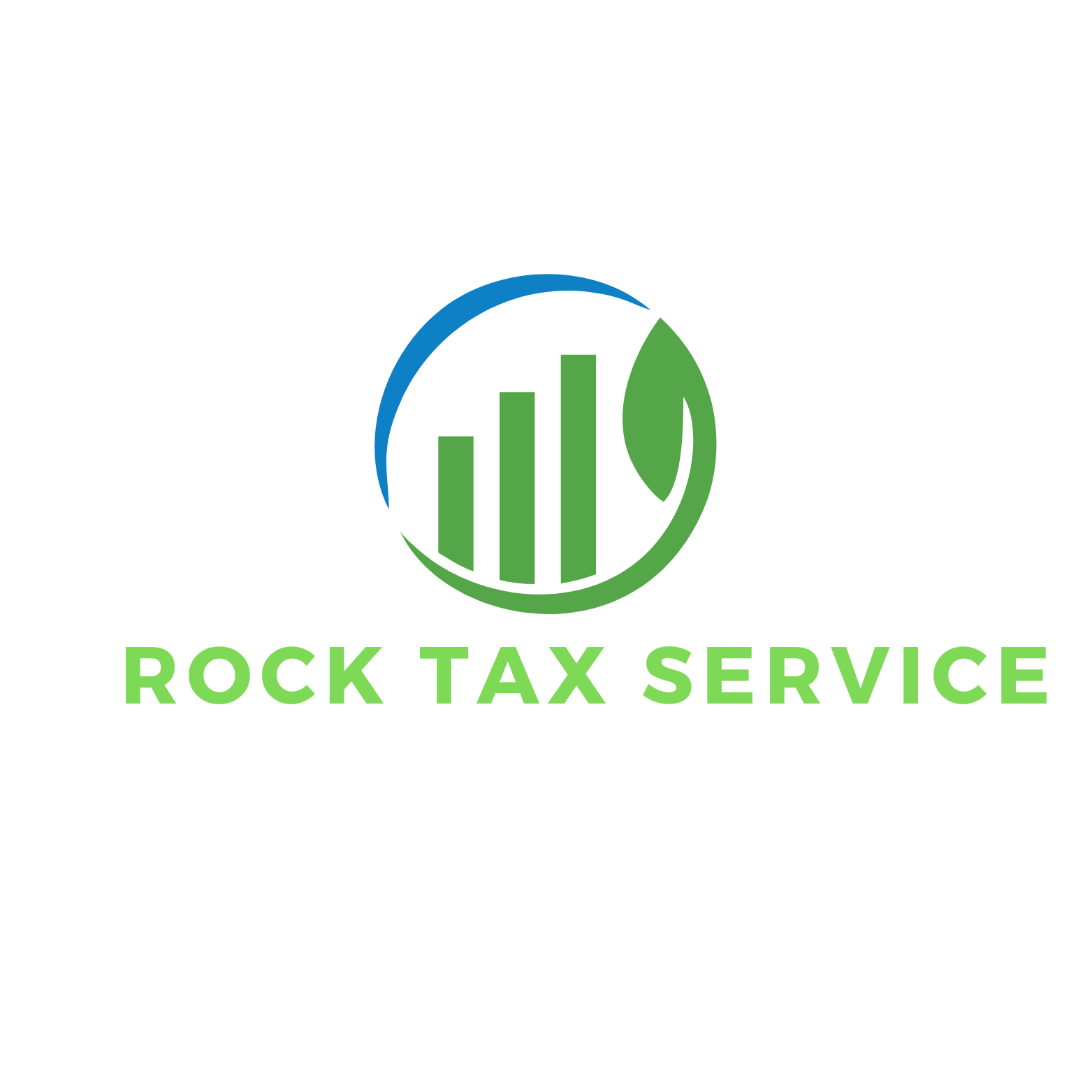Tax Planning and Preparation Tips in the US

Navigating the tax system in the United States can be a daunting task for many individuals and businesses. However, with careful planning and preparation, you can efficiently manage your tax obligations and potentially save money. Here are some essential tips to help guide you through the process:
Understand Your Tax Bracket
One of the first steps in effective tax planning is understanding which tax bracket you fall into. The US tax system is progressive, meaning the more you earn, the higher your tax rate. Knowing your bracket can help you anticipate your tax liability and plan accordingly.

Maximize Deductions and Credits
Common Deductions
- Mortgage Interest: If you own a home, you can deduct the interest paid on your mortgage.
- Charitable Contributions: Donations to qualified charities can be deducted from your taxable income.
- Student Loan Interest: You can deduct interest paid on student loans up to a certain limit.
- State and Local Taxes (SALT): You can deduct state and local income taxes or sales taxes, up to a limit.
- Medical Expenses: If your medical expenses exceed a certain percentage of your adjusted gross income (AGI), you may be able to deduct them.
- Home Office Deduction: If you work from home, you may qualify for a deduction based on the space used for your business.
Tax Credits
- Earned Income Tax Credit (EITC): Available to low-to-moderate-income workers, this credit can reduce the amount of tax you owe.
- Child Tax Credit: Provides a credit for each qualifying child under the age of 17.
- American Opportunity Credit: A credit for qualified education expenses for eligible students in their first four years of higher education.
- Lifetime Learning Credit: A credit for qualified tuition and related expenses for students enrolled in eligible educational institutions.
Retirement Contributions

Contributing to retirement accounts like a 401(k) or an IRA can reduce your taxable income. These contributions are often tax-deductible, and the growth within these accounts is tax-deferred untilwithdrawal.
Keep Accurate Records
Maintaining detailed and accurate records throughout the year is crucial. This includes receipts, bank statements, and any documents related to income and expenses. Good record-keeping can simplify the filing process and help substantiate any deductions or credits claimed.
Consider Professional Help
If your financial situation is complex, hiring a tax professional can be beneficial. They can provide personalized advice, ensure compliance with current laws, and potentially uncover additional savings.
Stay Informed on Tax Law Changes
Tax laws can change frequently. Staying informed about these changes can help you make timely adjustments to your tax planning strategy. The IRS website and financial news outlets are good sources for updates.
Plan for Estimated Taxes
If you’re self-employed or have significant non-wage income, you may need to pay estimated taxes quarterly. Calculating these payments accurately can prevent underpayment penalties.
Review Your Withholding
Periodically reviewing and adjusting your withholding can prevent under- or over-paying taxes throughout the year. Use the IRS’s withholding calculator to estimate the correct amount.
File on Time
Ensure that you file your tax return by the deadline, usually April 15th, to avoid late penalties. If you need more time, consider filing for an extension, but remember that this only extends the time to file, not to pay any taxes owed.
By following these tips, you can navigate the tax season with confidence and potentially reduce your tax burden. Effective tax planning is a year-round endeavor, so consider these strategies as part of your ongoing financial management.
